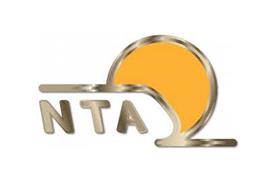
ELECTRIFICATION: Ricardo Rail has launched the Ricardo Pantograph & Catenary modelling and simulation package, which is intended to help to optimise the design of electrification systems and reduce development costs by allowing engineers to simulate the full motion behaviour of designs at an early stage in the development process.
‘RiPAC uses state of the art modelling software to perform a wide range of pantograph-catenary interaction analysis’, explains Jasper Peen, Senior Consultant at Ricardo Rail. ‘By providing developers with a detailed and accurate reading of a product’s expected performance on the network, we can help them bring improved products to market in a much shorter timescale, while also offering reduced development costs.’
This reduces the need for physical testing in an operational environment to ensure compliance with Technical Specifications for Interoperability.
The simulation takes into account factors including how the products adjust to variations in bridge height, a pantograph’s reaction to differing tensions and resonance in the contact wires, and how changes in train speed and formation impact on performance.
The simulations undertaken in line with the EN50318 standard for current collection systems are overseen by Ricardo’s vehicle-track engineering teams who process the data to provide a detailed report of measurements captured by the in-house software.
Train operators and infrastructure managers can also use RiPAC to monitor the performance of existing equipment, and to help plan refurbishment and enhancement programmes.
It is also suitable for use in light rail and trolleybus projects.
As a case study, Dutch infrastructure manager ProRail and the Rotterdam Port Authority have used RiPAC in the planning of the Theemswegtracé freight line.

















